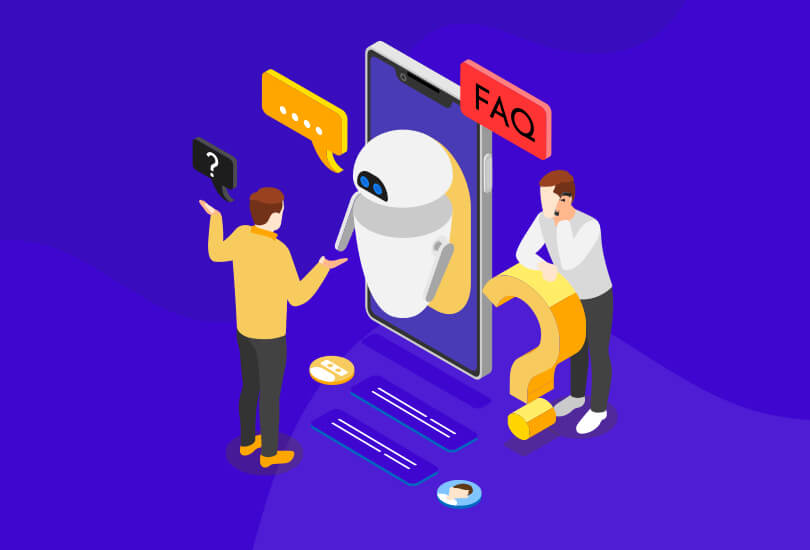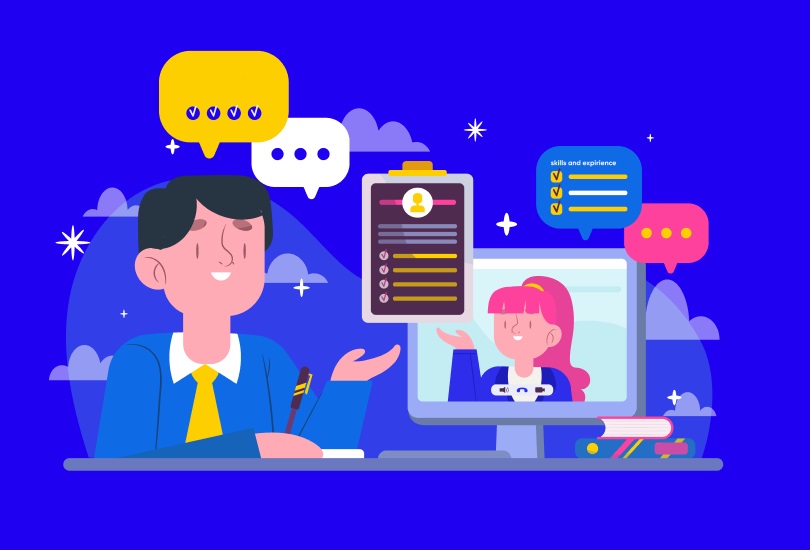So, you have set up a live chat system for a business and are roaring to go. But wait, this is a niche industry the business operates in and the clients are especially irate or confrontational. Never to worry. There are always ways to bring the user to your side, which is the side of performing a resolution to problems. The trick is to follow the etiquette rules that win over the support of the chat user, much as you are supporting them.
We present this guide as a starting point for live chat agents as it benefits their customer support journey. It’s a one-glove-fits-all type guide, for sure, but a good foundation builds a strong support structure.
Why Live Chat Support Etiquette Matters
When people reach out via live chat, they usually expect quick answers. But speed alone isn’t enough. If you are seemingly not responding to the problem at hand, then what good was this speed? You have to assess the problem quickly, while gleaning the right information, before you present a solution. And there is a clock ticking. Following etiquette rules streamlines this delicate dance for live chat agents.
Good chat etiquette ensures your team represents your company professionally. It also helps your support agents handle difficult conversations gracefully. You show your clients that they matter as a priority which is always good for business.
Essentials of Live Chat Etiquette
Before jumping into scripts or tactics, every agent should understand the fundamentals that make up good live chat behavior.
Be Prompt but Never Rushed
Customers choose chat because they expect fast help. Acknowledge each message quickly, even if you can’t resolve the issue instantly. A simple, “Let me check that for you — just a moment!” shows you’re on it.
However, don’t let speed make you sound robotic. Avoid canned replies that feel cold. Customers can tell when you’re multitasking or sending generic answers.
Greet and Close Warmly
A friendly greeting sets the tone. Use the customer’s name if you have it. For example: “Hi Sam, thanks for reaching out! How can I help today?” This tiny detail makes the chat feel personal.
When you’re done, close on a warm note: “Is there anything else I can help you with today?” or “Thanks for chatting with us — hope you have a wonderful day!”
Match the Customer’s Tone
Not every customer wants a cheerful chat. Some prefer direct answers, especially if they’re frustrated. Read the mood. If a customer is upset, keep your tone calm and professional. If they’re casual and upbeat, mirror that energy — within reason.
Every support rep will eventually face trickier moments. Here’s how to handle them with grace.
Here are a few troubleshooting tips for when you and the customer have been having a kind of day where empathy is needed from both sides. But we have to cover our side and stay professional at all times, all the while, being helpful.
When You Don’t Know the Answer
No one has all the answers on hand — and customers know that. The worst thing you can do is bluff. Instead, be honest: “That’s a great question. Let me check with my team and get right back to you.”
If it’ll take time, offer to follow up by email so the customer doesn’t feel trapped waiting.
When the Customer is Angry
Angry customers need to feel heard first. Don’t jump straight to policy explanations or canned apologies. Let them vent if needed. Acknowledge their frustration: “I understand how frustrating this must be — I’m really sorry you’re experiencing this.”
Once you’ve shown empathy, explain clearly what you can do to help. Stick to facts, and don’t take the anger personally.
Practical Do’s and Don’ts for Live Chat
Mastering etiquette is partly about avoiding common mistakes. Keep these quick reminders in mind.
Do:
- Keep messages short and clear.
- Use simple words — no jargon.
- Personalize your replies.
- Proofread for typos — they make you look careless.
- Use emojis sparingly, if your brand voice allows.
Don’t:
- Copy-paste generic responses.
- Argue with customers.
- Blame other departments.
- Make promises you can’t keep.
- End a chat abruptly.
How to Use Shortcuts Without Sounding Robotic
A live chat shortcut is a strange beast indeed. It may seem reductive to say that it is an easy way to sound inauthentic but that does happen sometimes. The mere act of mentioning the customer’s name or any other pertinent detail can actually allay this robotic feel to the whole conversation.
The reason we back using shortcuts is a pretty practical one- for the sake of efficiency, it brings uniformity to your company’s interactions with the customer; agents can switch roles without the chat user getting a tonal whiplash.
There is also the fact that standardized responses aid agents of varying experience to learn how to be polite and helpful. This is not a natural talent, but rather a carefully honed skill and rote responses actually help develop this skill faster.
How to establish this practice then? In the training stage of any agent, and beyond that in sporadic re-training sessions, make the agents role play as different styles of customers and see how far using set responses gets them towards solving the user’s problem.
You can create this repository of responses that is directly relevant to your company or industry by going over chat transcripts. Usually, customers give consent to have their tele convo recording so why not make use of that unique and very targeted resource.
Ultimately, any one who reaches out to the live chat wants to be heard well, and have their pains resolved. You can use your standardization to do this quickly, and train yourself to stay human while doing it. On balance, the time saving makes the process very much worth it.
Conclusion
For live chat agents, bringing that human touch every time, into every chat conversation is an essential skill that develops as we gain experience. But repetition of a task need not entail becoming perfunctory in our approach to it. There are newer and newer milestones to achieve in the live chat journey and each satisfactory interaction is a moment to be proud of. So, why not work towards this with all the best foot forward we can.
There are rules to the live chat etiquette handbook and we believe this provides a good starting point for any agent no matter the industry. Further on, any chat agent can then go on to enhance their own speciality in providing customer delight through that human touch.









